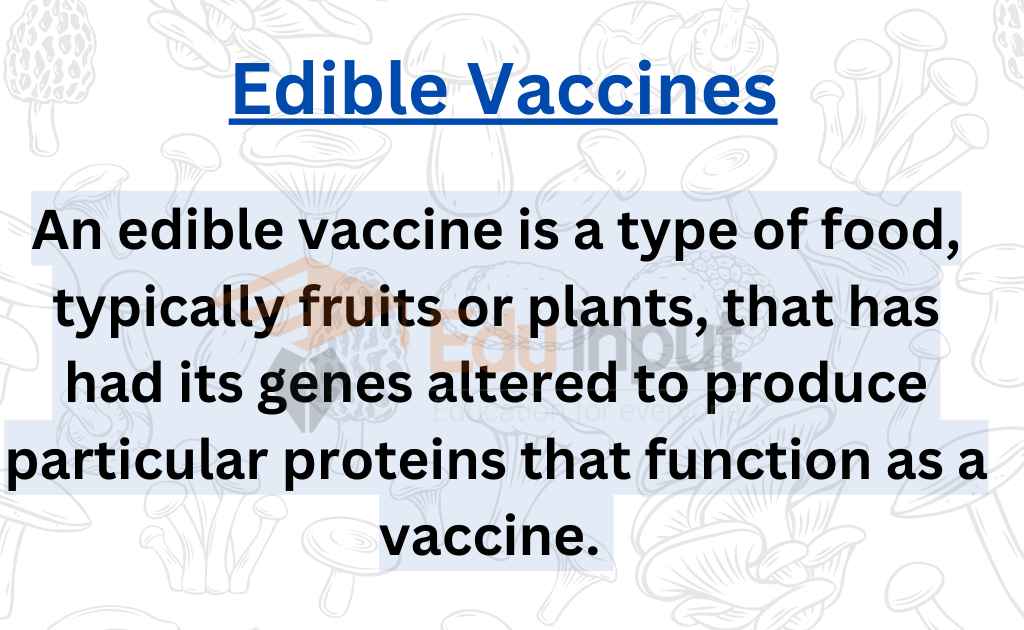What is cloning? Types, process, advantages, and disadvantages
As per the experts, cloning is a term used to describe the reproduction of cells.
But most people don’t understand what it means. So, let’s clear your misconception about cloning.
What is cloning?
It is a process of creating a new individual by using the genetic material of an adult cell.
In simple words, when you clone an animal, you create a new individual with the same characteristics.
But in the case of humans, we can’t clone a human being, but we can use the cell from a donor.
The cloning method can be done in three ways
If you want to clone the entire cell of an adult, you can choose one of the two options:
- Clone the egg of an adult
- Clone the sperm of an adult
If you choose the option of cloning the egg, you will get the embryo in the end. But in the case of cloning the sperm, you will get a baby.
Types of Cloning
Single Gene Cloning
Single gene cloning is the process of creating a new individual by using the genetic material of an adult.
In this case, you need to take a sample of the skin from the donor, but in the case of cloning a bone, you will need to take the blood sample.
A single gene cloning is a process of creating a new individual by using the genetic material of an adult. A single gene cloning can be used to create healthy babies or to grow organs or tissues that can be transplanted to patients who need them.
In the past, single-gene cloning was only possible using the embryos of humans. However, in recent years, scientists have been able to use adult cells instead. If you are interested in cloning, you should learn more about the various cloning methods.
There are three different methods that are used to clone animals. The first one is called somatic cell nuclear transfer (SCNT). This technique is used when scientists want to create an embryo by taking cells from adult animals and inserting them into a human egg.
The second one is called parthenogenesis. This technique is used to clone animals that are unable to reproduce normally. This can happen when females have trouble producing eggs. The third one is called the fusion method.
This technique is used when scientists want to create an embryo by fusing two cells together. The fusion method involves using a donor cell from one animal to make the embryo.
Organ Cloning
Organ cloning is a new concept of cloning and it is similar to organ transplant.
Organ transplants are done for the people who have damaged organs and transplantation is the treatment for that.
Organ transplantations require lots of effort to find the donors and also it is a time-consuming process. So, organ cloning is now a solution for those people, who don’t have a donor and for those people, who are not ready to face the organ transplant process.
Today, organ transplantations are becoming more common because of people’s growing concern about organ donation and transplantation. There are a lot of people who are waiting for an organ transplant and they might die waiting for an organ transplant.
So, organ cloning is the new alternative solution for patients who don’t have a donor. It can help them in getting the organ they need.
In organ cloning, the doctors first take a small piece of tissue from a patient’s body and then implant it into a new embryo in a lab. After that, the new embryo is implanted into the patient’s uterus. When the fetus reaches maturity, doctors remove the fetus and replace it with a new organ.
Organ transplantations require lots of effort to find the donors and also it is a time-consuming process. So, organ cloning is now a solution for those people, who don’t have a donor and for those people, who are not ready to face the organ transplant process.
What are the advantages of cloning?
- Cloning has various benefits and here I will list them:
- No donor is required for the entire process.
- Cloning can be done in many ways.
- You can get a baby without any sex.
- You can get the exact copy of the donor.
- It is cost-effective
What are the disadvantages of cloning?
- Cloning involves making an exact replica of an animal or plant. This means that every cell is duplicated and if there is a problem then the whole organism can suffer.
- • Cloning is a risky process because the embryos will be formed of only one cell and if the cell has any mistake, then the whole process will be affected.
- • As the embryos are developed inside the mother, they are not exposed to the elements outside.
- • The embryos are not tested before the pregnancy. So, the parents will have to face a lot of troubles.
- • A lot of money is required to make a clone.
Cloning is usually done on animals. This can be an expensive and painful process. It is also difficult to know what happens to the clone in the womb. For example, the clone of a human baby would not be able to walk, talk or see as the child would not have had any experience of living.
Frequently Asked Questions-FAQs
What is cloning?
Cloning is a technique of producing exact copies of the gene, cell, tissue, organ, or whole organism.
Who was the first cloned human?
The first human clone was ”Eve”. Brigitte Boisselier announced the birth of this human clone on Dec. 27, 2002.
Do clones have the same fingerprints?
Fingerprints of clones can be different, as they are not genetically created. But the genetic makeup of clones is the same.
What are the types of cloning?
There are following types of cloning?
Gene cloning
Therapeutic Cloning
Reproductive cloning
Do clones have the same DNA?
Clones have identical to the parent gene, cell, tissue, or whatever it is cloned from.





Leave a Reply